Tech news stories

Biological amino acids could have celestial or terrestrial roots. An experiment simulated their formation in deep space—but the mystery isn’t solved yet.
Image from: ESO (Wikki Commons)
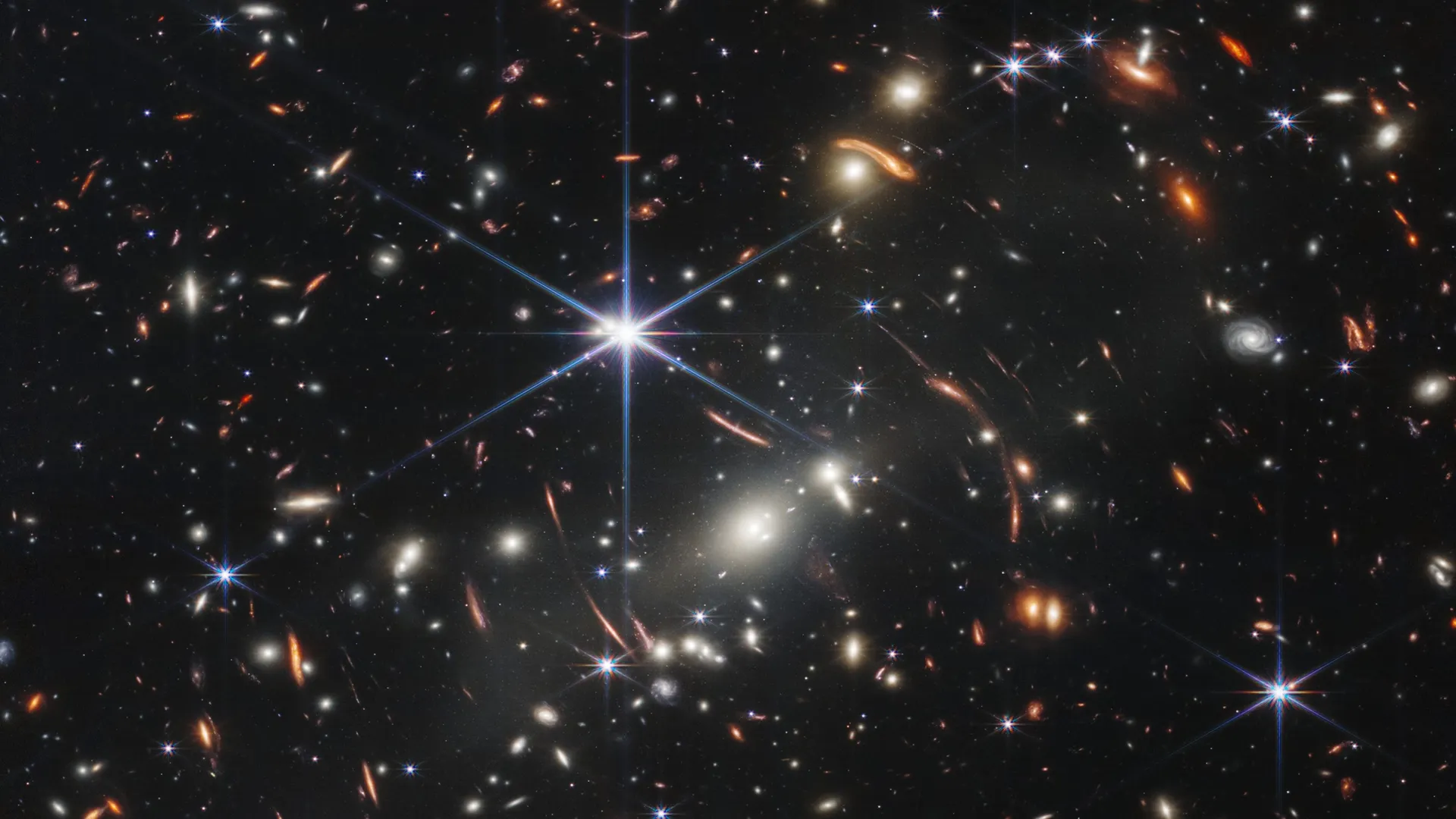
Now, there’s more research to back up the Big Bang. Recently, researchers took a more careful look at the data and determined that the distant galaxies discovered by the James Webb Space Telescope are, indeed, perfectly compatible with our modern understanding of cosmology.
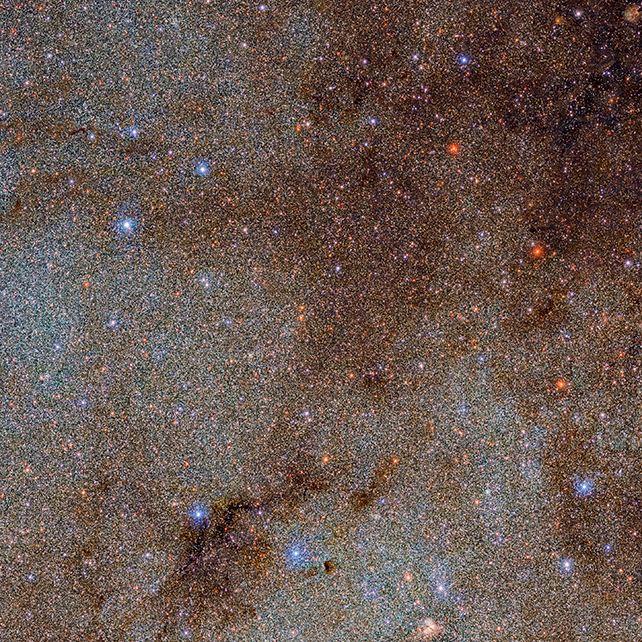
We have the Dark Energy Camera (DECam) to thank for this beautiful shot of space, part of the Víctor M. Blanco 4-meter Telescope at the Cerro Tololo Inter-American Observatory (CTIO), some 2,200 meters (7,218 feet) above sea level in Chile.

It’s another stupendous image from the new superspace telescope James Webb.The picture shows NGC 346, a region about 200,000 light years from Earth where a lot of stars are being created.
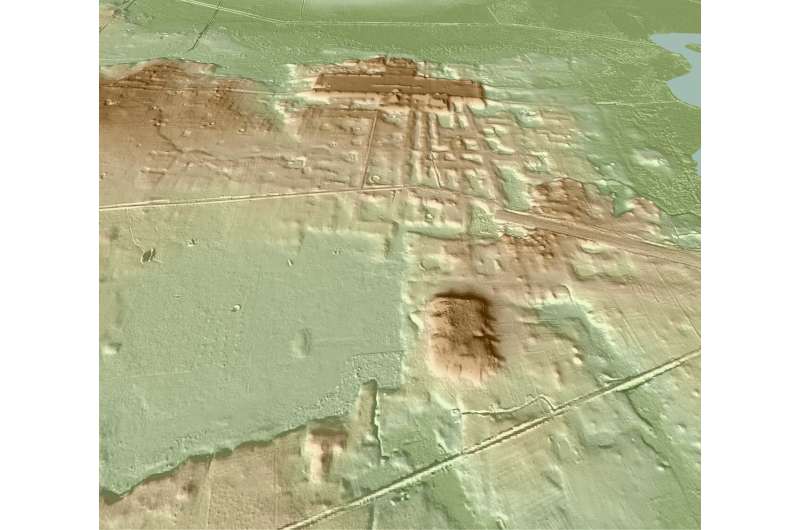
A trio of researchers from the Research Center of the Slovenian Academy of Sciences and Arts, the University of Arizona, and Colgate University has found examples of Mesoamerican structures aligned for use as a 260-day calendar, built thousands of years ago along Mexico’s gulf coast.

In giant clusters of hundreds or thousands of galaxies, innumerable stars wander among the galaxies like lost souls, emitting a ghostly haze of light. These stars are not gravitationally tied to any one galaxy in a cluster.

Octopuses are not like humans – they are invertebrates with eight arms and are more closely related to clams and snails. Despite this, they have evolved complex nervous systems with as many neurons as in the brains of dogs, allowing them to exhibit a wide range of complex behaviors.
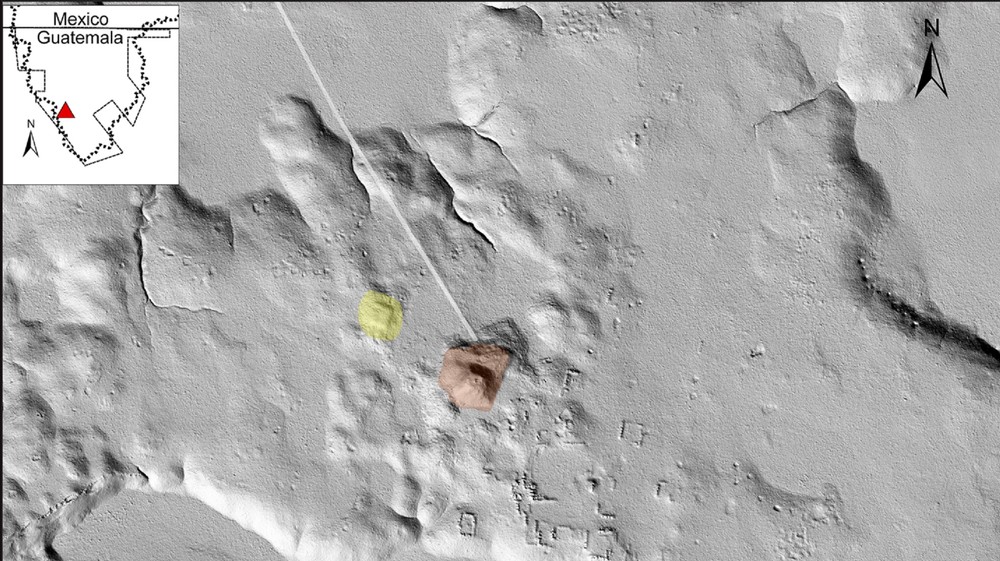
A new survey revealed nearly 1,000 Maya settlements, with pyramids and ballcourts, that date back more than 2,000 years.
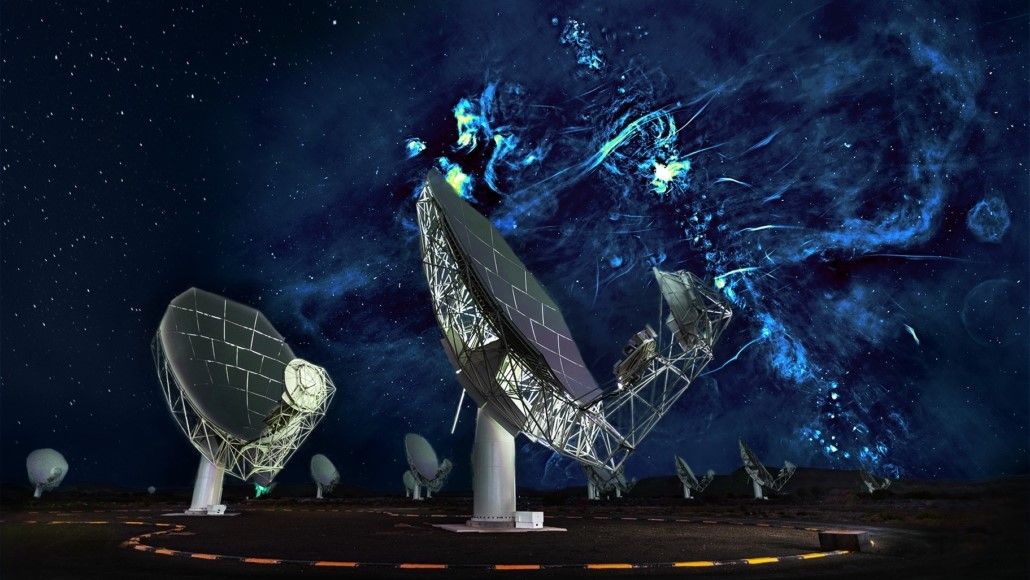
Astronomers searching for radio signals that could be signs of extraterrestrial life have just gained access to South Africa’s MeerKAT telescope.
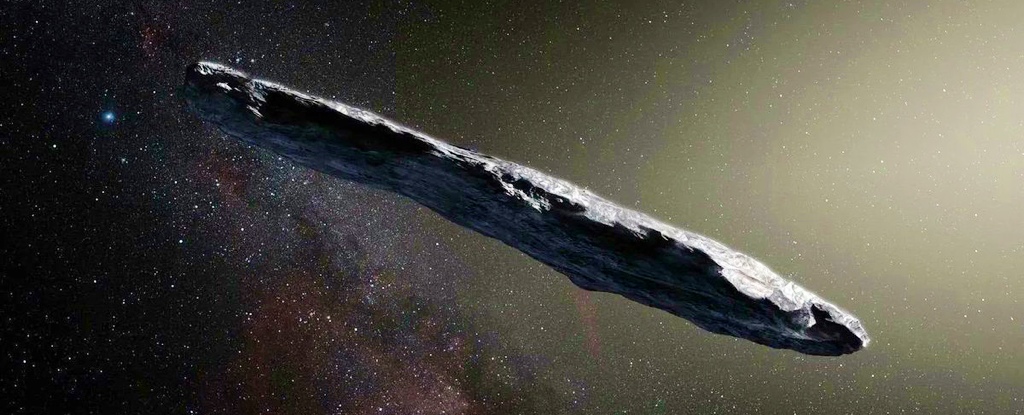
We finally have the technological means to detect interstellar objects. We’ve detected two in the last few years, ‘Oumuamua and 2I/Borisov, and there are undoubtedly more out there.
An international team of scientists, including researchers at the University of Adelaide, have gathered new evidence about the energetic core of an active galaxy millions of lights years away by detecting neutrino particles emitted by it.
A team of Canadian astronomers, including experts from the Dunlap Institute for Astronomy & Astrophysics in the University of Toronto’s Faculty of Arts & Science, have used the James Webb Telescope (JWST) to identify the most distant globular clusters ever discovered – dense groups of millions of stars that may be relics containing the first and oldest stars in the universe.

With a diameter of 1 to 2km, space rock named 2022 AP7 crosses our orbit but has ‘no chance’ of hitting Earth
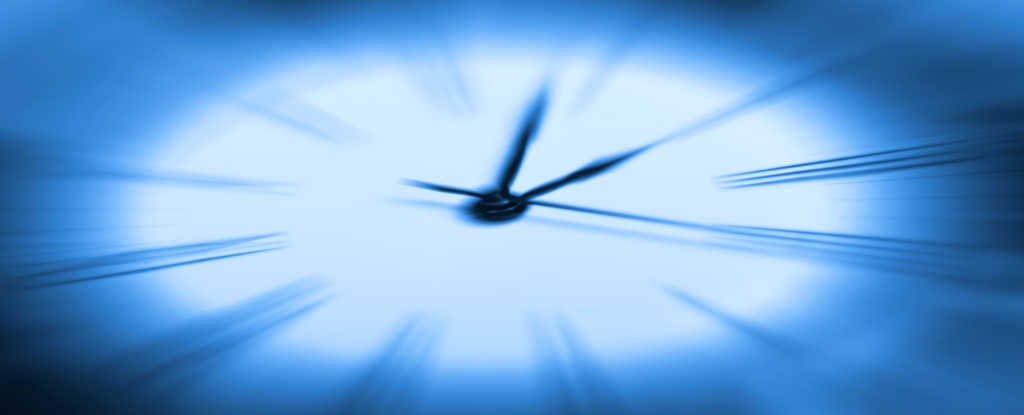
Marking the passage of time in a world of ticking clocks and swinging pendulums is a simple case of counting the seconds between ‘then’ and ‘now’… however, ‘then’ can’t always be anticipated. Worse still, ‘now’ often blurs into a haze of uncertainty.
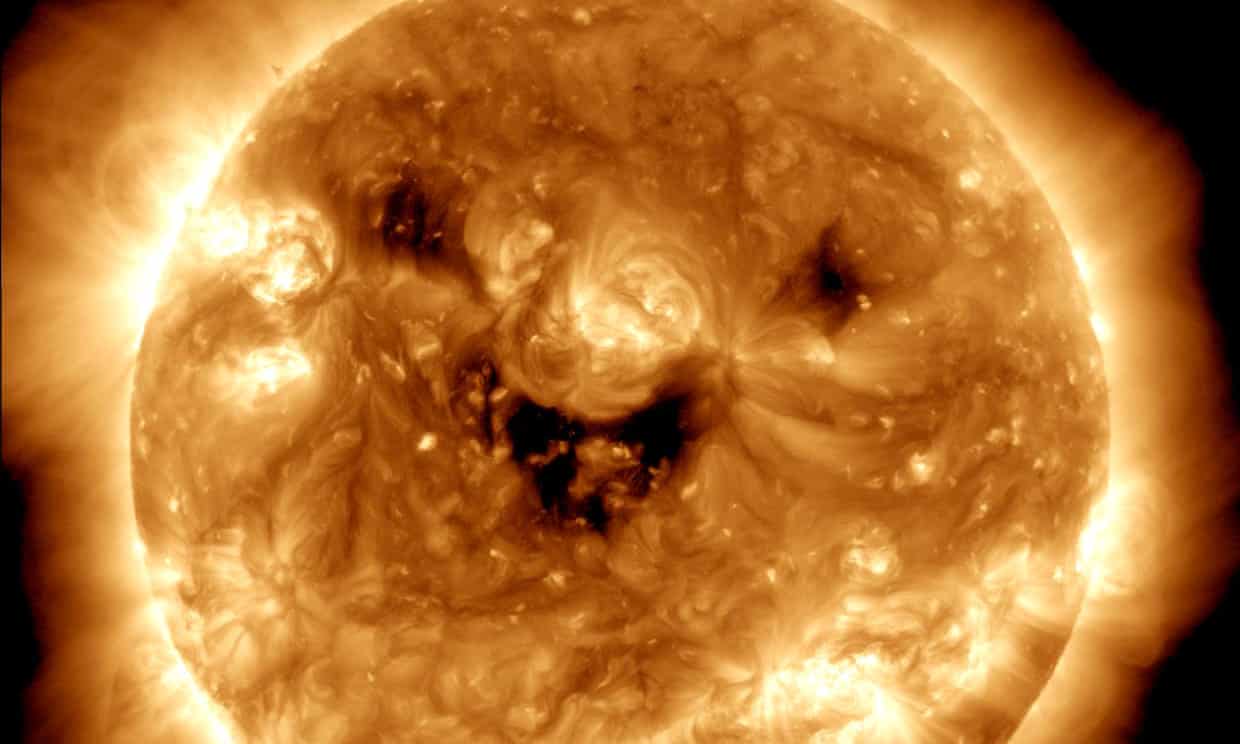
The agency released the image on Wednesday on Twitter, writing: “Today, Nasa’s Solar Dynamics Observatory caught the sun ‘smiling.’ Seen in ultraviolet light, these dark patches on the sun are known as coronal holes and are regions where fast solar wind gushes out into space.”

Last December 24, NASA’s InSight lander recorded a magnitude 4 marsquake. However, scientists only learned the cause of that quake later: a meteoroid impact estimated to be one of the biggest seen on Mars since NASA began exploring the cosmos.








